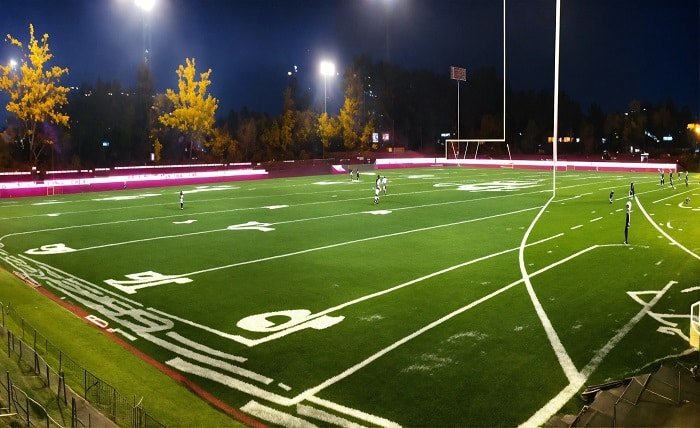
Introduction
Kappacourse turf is rapidly becoming a favorite choice for both residential and commercial landscaping. Its versatility and sustainability make it an excellent option for those looking to upgrade their outdoor spaces. In this comprehensive guide, we’ll explore everything you need to know about kappacourse turf, from its benefits to installation and maintenance.
What is Kappacourse Turf?
Kappacourse turf refers to a high-quality synthetic grass that mimics the look and feel of natural grass. It’s designed for durability and long-term use, making it ideal for various applications including golf courses, sports fields, residential lawns, and commercial landscapes.
Benefits of Kappacourse Turf
One of the main advantages of kappacourse turf is its low maintenance. Unlike natural grass, it doesn’t require watering, mowing, or fertilizing, saving time and resources. It’s also allergen-free and provides a year-round green aesthetic that enhances the beauty of any property.
Installation Process
Installing kappacourse turf involves several steps that ensure its longevity and performance. From preparing the base with proper drainage to laying the turf and adding infill, each step is crucial to achieve a professional finish and functionality.
Maintenance Tips
Maintaining kappacourse turf is straightforward and cost-effective. Regular brushing to keep the blades upright, occasional rinsing to remove dust and debris, and proper care around the edges will keep your turf looking pristine.
Environmental Impact
Kappacourse turf is an eco-friendly option. It conserves water and eliminates the need for chemical fertilizers and pesticides. Moreover, high-quality synthetic materials used in kappacourse turf are often recyclable, contributing to environmental sustainability.
Aesthetic Versatility
With kappacourse turf, you can achieve a perfect lawn or sports field that looks lush and vibrant throughout the year. It comes in various shades and textures, allowing customization to fit any landscape design or personal preference.
Cost Analysis
While the initial cost of kappacourse turf may be higher than natural grass, the long-term savings are significant. The reduction in maintenance expenses and water usage makes it a cost-effective solution for many homeowners and businesses.
Common Applications
Kappacourse turf is versatile enough for various settings. It’s widely used in residential areas, sports complexes, golf courses, and even in commercial settings where a green landscape is desired without the upkeep of natural grass.
Safety Features
Safety is a key component of kappacourse turf. It’s designed to reduce injuries in sports applications, providing a soft landing surface that reduces impact. Additionally, its fire-resistant properties make it a safe choice for any environment.
Challenges and Solutions
Although kappacourse turf is highly beneficial, it comes with its set of challenges such as heat retention in direct sunlight and potential for static. However, advancements in turf technology have led to new varieties that address these issues effectively.
Conclusion
Kappacourse turf represents a revolution in landscaping, combining aesthetics, functionality, and environmental sustainability. Whether for a backyard or a large sports complex, it offers a durable, beautiful, and practical solution that stands the test of time.
FAQs
What is the lifespan of kappacourse turf?
Kappacourse turf typically lasts 15-20 years, depending on usage and maintenance.
Can pets damage kappacourse turf?
Kappacourse turf is highly durable and resistant to pet wear. It is also easy to clean in case of pet waste.
Is kappacourse turf suitable for all climates?
Yes, kappacourse turf is designed to withstand various climatic conditions, from extreme heat to freezing temperatures.
How does kappacourse turf handle rain and drainage?
Kappacourse turf has excellent drainage capabilities. Proper installation ensures that water is efficiently drained away, preventing pooling and mud.
Can kappacourse turf be recycled?
Yes, many types of kappacourse turf are recyclable, making it an eco-friendly option for landscaping.




